Quirky Paris is our personal cabinet de curiosités, the result of our flâneries* in Paris. We tell you about our favorite findings – and the stories behind – while wandering aimlessly around Paris.
* flâner: [fla – ner] * French (v.) wandering aimlessly around the city, to experience it. “Deliberately aimless”
X

Spotted in … the Louvre (the Story behind the Mona Lisa’s Fame)
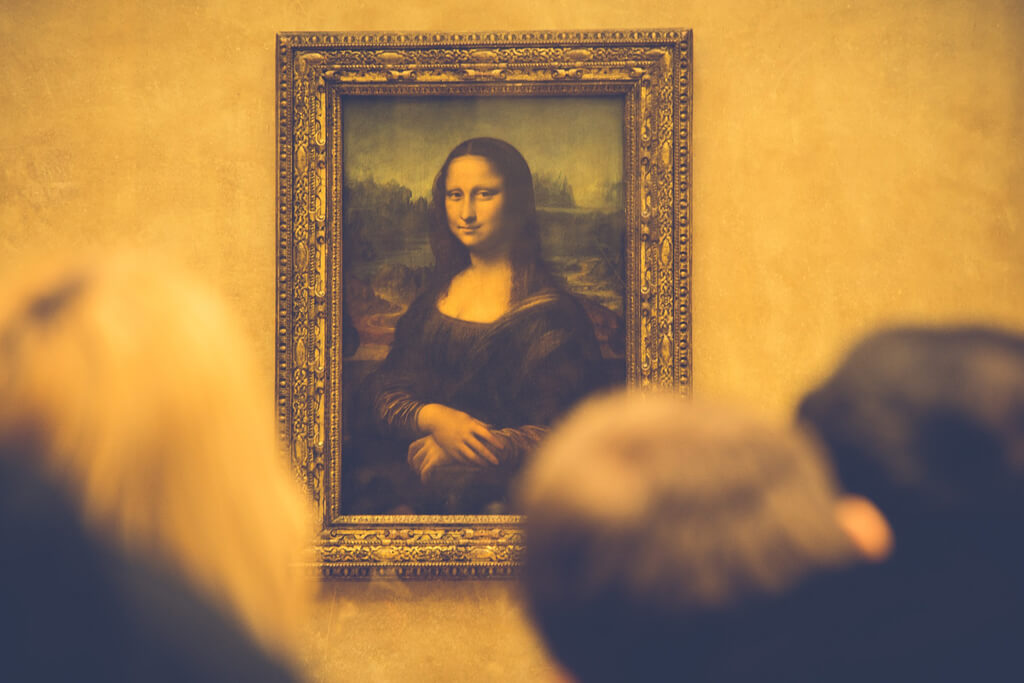
The Mona Lisa, also known as La Gioconda, is a small painting, 77 x 53 cm (30 x 20 7/8 in), by Leonardo Da Vinci. Considered one of the greatest portraits of all time, the Mona Lisa is on permanent display in the Louvre Museum in Paris.
In the art world, the Mona Lisa has always been an acknowledged masterpiece. But why is the Mona Lisa so famous? Is it really all about her mysterious smile?
Spotted in … Picpus (The Guillotine Cemetery)
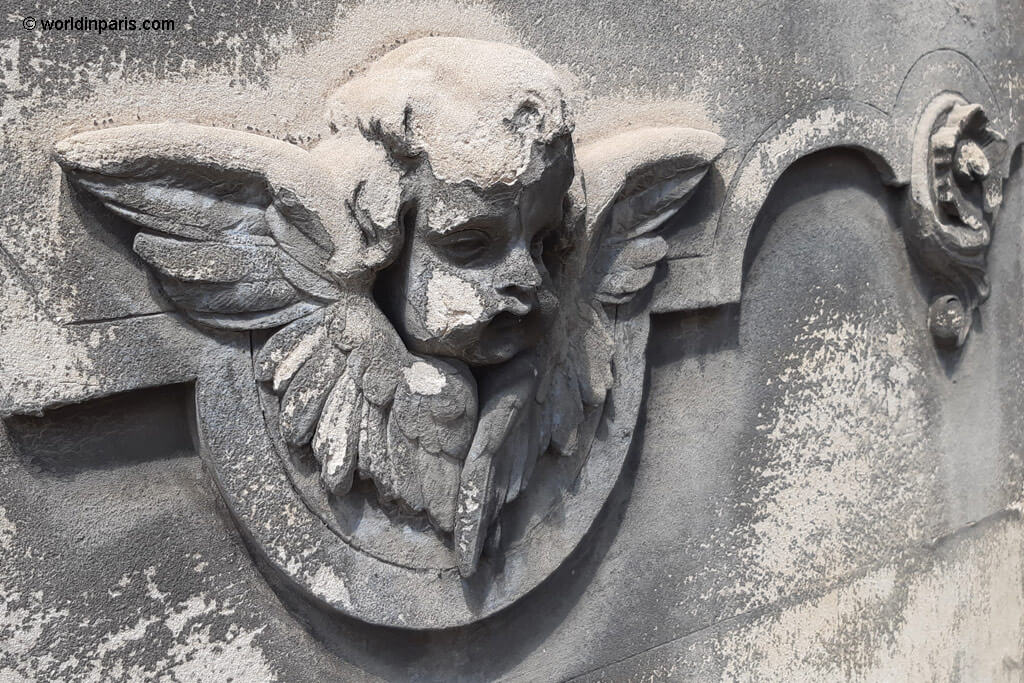
The door at 35 rue de Picpus opes onto an immense park, at the back of which lies the Picpus Cemetery, the only private cemetery in Paris. This is the final resting place of the 1,306 aristocrats and clerics who were guillotined between te 14 June and 27 July 1794, at the height of the Terreur.
This cemetery is also the final resting place of a very special man for the Americans, and an American flag permanently marks this grave.
Read more about Picpus Cemetery in Paris
Spotted in … Le Marais (A Very Special Brotherhood)
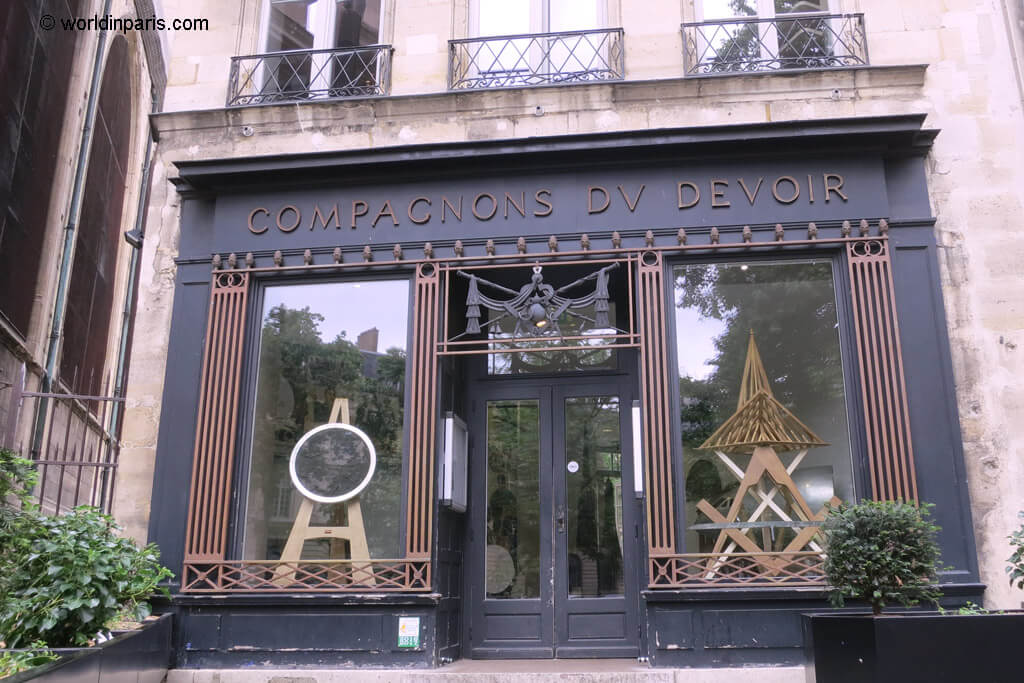
Here’s the story of one of the most secretive brotherhoods in France. With Notre Dame’s reparation in the headlines, they have a rare opportunity to become national heroes in France . . .
Read more about the Compagnons du Devoir
Spotted in … Paris’ Backyards (Escargots in France)

Escargots in France are considered a delicious food for most of us, but weird for many people visiting Paris or France.
Did you know that these prehistoric creatures are one of the most popular foods in France for Christmas?
Read more about snails in France
Spotted in … Archives Nationales (France’s Iron Chest)
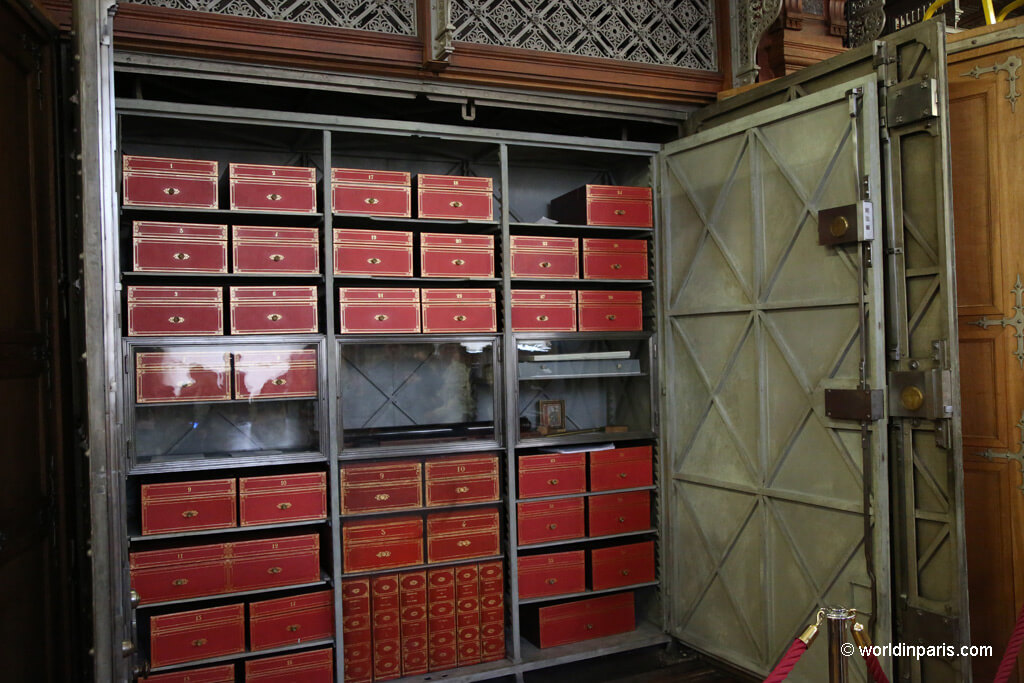
Some of France’s most precious treasures are found at Les Archives Nationales, in Le Marais. They are kept inside an iron chest, only opened on rare occasions…
Read more about the Armoire de Fer
Spotted in … Versailles (Let them Eat Cake)
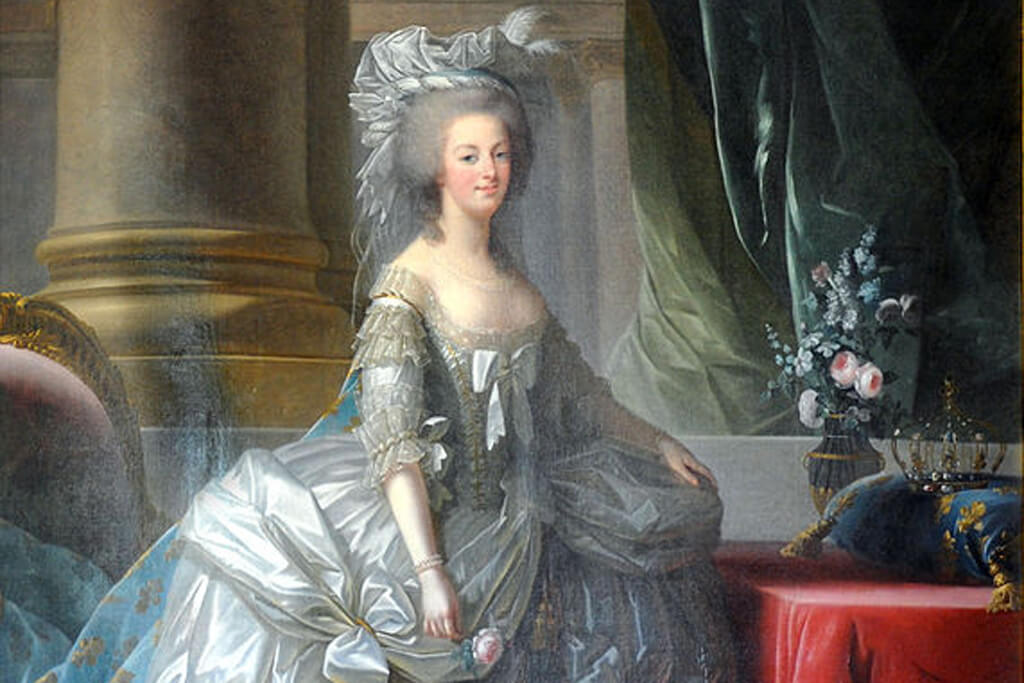
Let Them Eat Cake, Marie-Antoinette’s unforgettable words are among the most famous quotes in history. But did Marie-Antoinette really say these insensitive words?
Read the Story behind Let Them Eat Cake, Marie-Antoinette’s famous quote
Spotted in … Ile de la Cité (A Story of Birds)
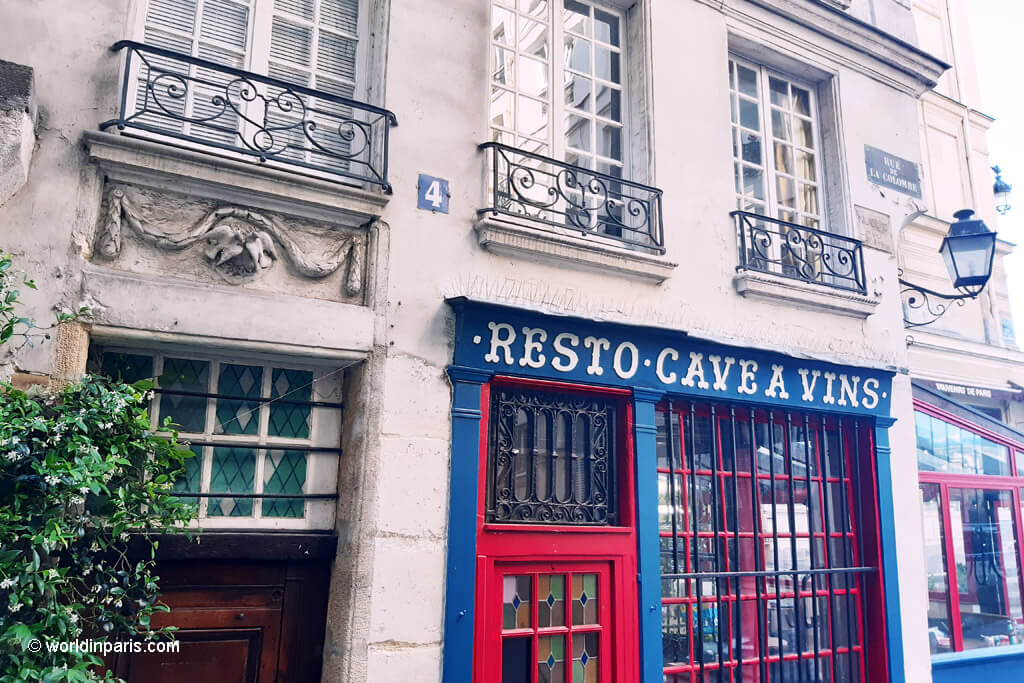
Rue de la Colombe (Dove Street) is an old and narrow street in Ile de la Cité, the island located in the middle of the Seine River. This street is named after La Maison de la Colombe (Dove House), located at number 4. The two doves sculpted on the door’s lintel recall curious wanderers their moving love story…
Read this lovely story of Birds
Spotted in … Odéon (it Smells of Revolution!)
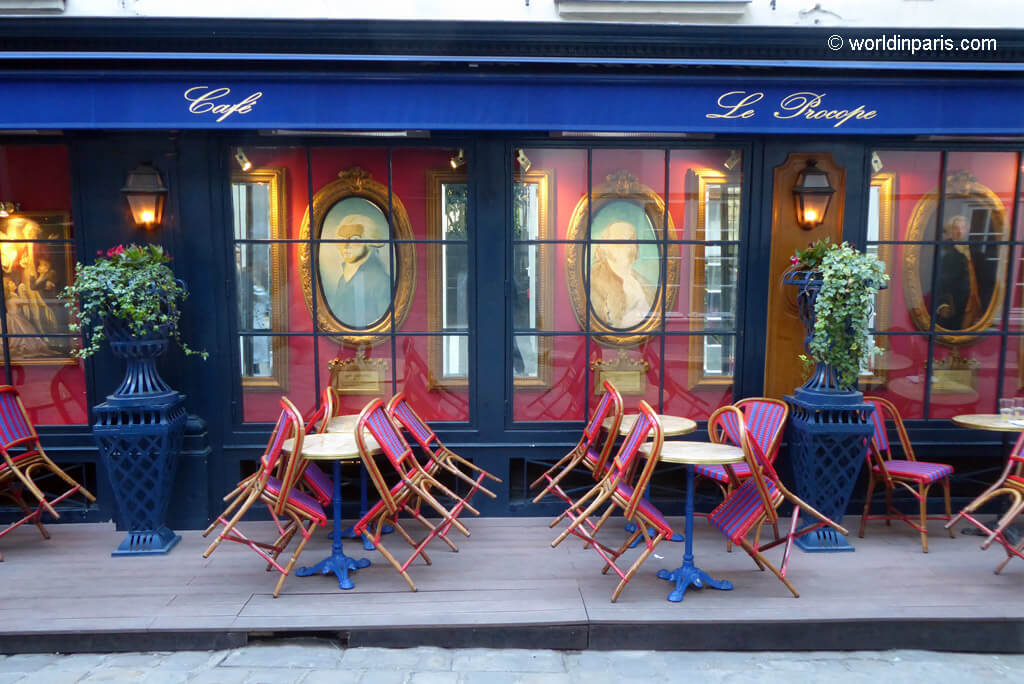
Cour du Commerce-Saint-André, in the neighborhood of Odéon, in Paris 6, is a picturesque street stepped back in time. Let’s stroll through this street, THE melting pot of the French Revolution, and frequented by people like Danton, Marat, or Desmoulins.
Spotted in … Jardin des Plantes (A Fashion Icon in Paris)

Zarafa the Giraffe was France’s hottest (and the only) giraffe in the early 19th century. This Nubian beauty also turned to be a trendsetter in Paris…
Spotted in… Ile de la Cité (When Love Hurts)
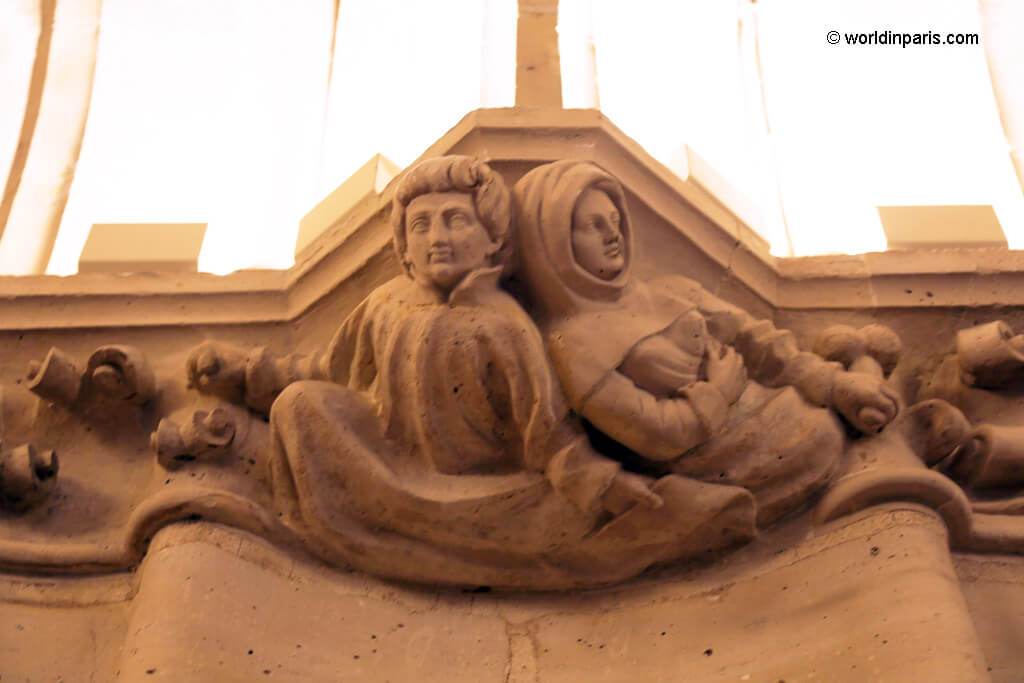
When you visit the Conciergerie, in Ile de la Cité, look for the beautiful bas-relief representing Héloïse and Abélard. Héloïse holds in her left hand the sex of her lover. Next to them, out of frame (sorry!), you can see a beaver, a symbol of Abélard’s emasculation.
Héloïse and Abélard are two famous lovers from the Middle Ages. Learn about their torrid love story and how their mausoleum in Père Lachaise became a successful marketing campaign.
Read the story of Héloïse and Abélard
Spotted in . . . Le Marais (The Cemetery of Forgotten Stones)
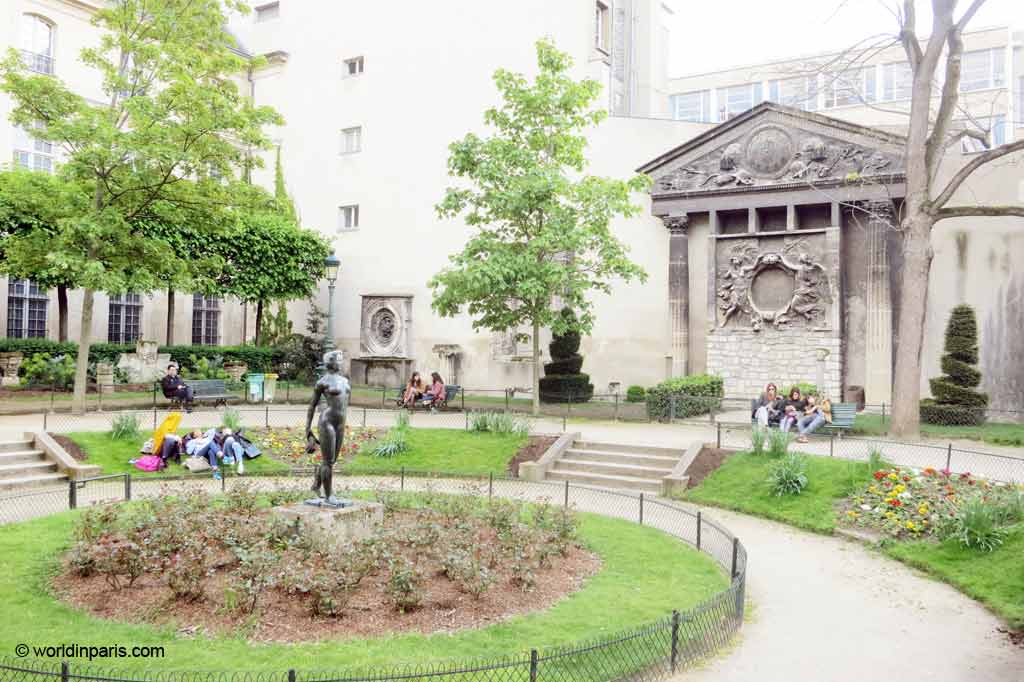
The square Georges Cain, just behind Musée de Carnevalet, is the museum’s lapidary depôt, a kind of burial place for many vestiges of disappeared public buildings and private mansions. Amongst these ruins, the pediment of the clock pavilion of the Tuileries Palace outstands for its size and beauty. Bought from a certain Achille Picard, the pediment naturally found its place in this romantic cemetery for forgotten stones. This is the story:
The Tuileries Palace, last home of the kings of France, was built in 1654 on the site of a former tile factory. Located immediately behind the Arc de Triomphe du Carrousel, its facade ran for 260 meters between the Louvre Palace and the Tuileries Garden.
During the Paris Commune of May 1871, the Palace was set on fire. The Tuileries burned for 48 hours to the point that by the 26th of May there was nothing left of it but blackened stones.
The ruins of the Tuileries stood on the site until 1882 when the French National Assembly voted for the demolition and auction of the last remains of the Palace. The private entrepreneur Achille Picard bought the biggest lot of stones for the sum of 33,300 gold francs (133,000€ in 2019) for . . . retail sale.
Where are the ruins of the Tuileries Palace today? The answer is a bit everywhere. In Ajaccio, one of the Renaissance pavilions of the Tuileries Palace, became the Château de la Punta while other architectural fragments ended up in different private castles and villas in Saint-Raphaël, Arcueil, Courbevoie, Marcilly- d’Azergues and Salins. The gate of the Carrousel courtyard was sent to the Esterhazy’s family castle in Austria while the Presidential Palace in Quito (Ecuador), boasts today the ancient stone balustrades of the French Royal Palace.
Some of these ruins remained in Paris too: the Le Figaro newspaper bought Tuileries marbles, detailed in clipboards, and offered them to its subscribers (how many Parisians must have a bit of Royal Palace at home?!) while other elements decorate gardens and squares in the city and they can be the object of a fun scavenger hunt during your next trip to Paris:
- Cour Marly in the Louvre
- Hall under le Carrousel du Louvre
- Tuileries Garden (on the edge of the terrace bordering the Seine River)
- Courtyard of École des Beaux-Arts (possible to see them from Quai Malaquais)
- Trocadéro Gardens
- Square Georges Cain
- 9 rue Murillo
- Courtyard of the Ecole Spéciale d’Architecture
We also have a self-guided Scavenger Hunt in the Tuileries Gardens, for those who want to learn more about this special place whilst having fun!
X
Spotted in . . . The Luxembourg Gardens (Gadget)
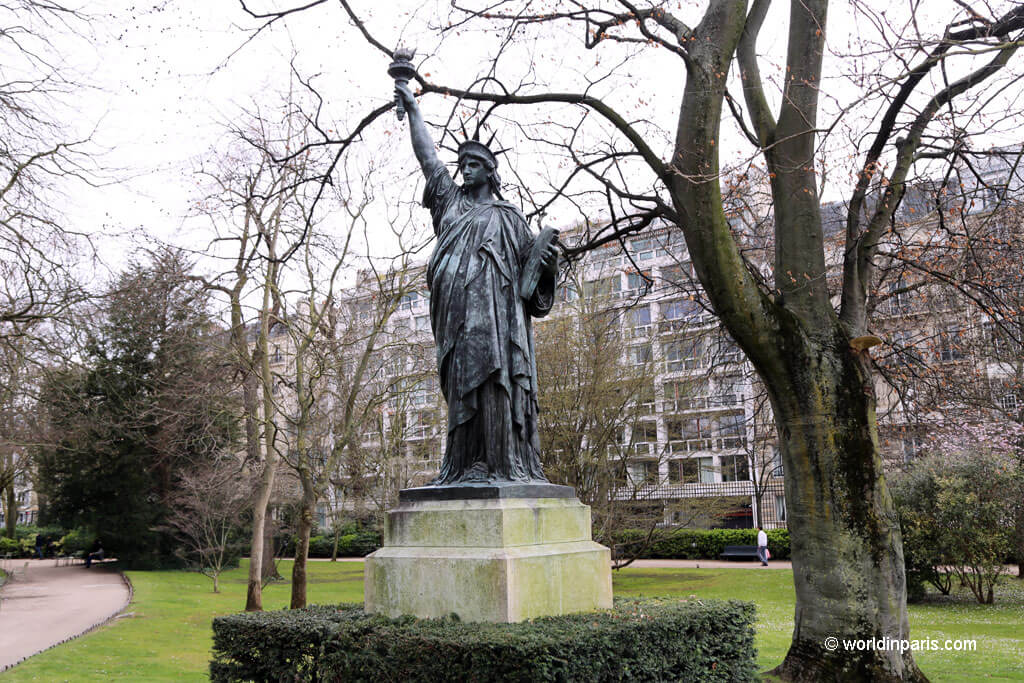
Americans in Paris will be interested to know that the origin of the word “gadget” is related to the Statue of Liberty. During its inauguration in New York on 28 October 1886, guests could notice a man wandering around the people with small-scale versions of the monument to sell.
This man – with a very developed entrepreneurial spirit, we must admit – was a friend of Auguste Bartholdi and the owner of a foundry in Paris 17 that was following the Statue’s construction works. It was in this foundry where he produced the miniatures with the name of his business engraved on the base. And his name was . . . Émile Gaget (from Fonderie Gaget-Gauthier, Paris).
In the assembly, the conquered public started asking their neighbors “Do you have your Gaget? ” Pronounced in American style, the word becomes phonetically “gadget”.
And voilà, the Statue of Liberty became the first gadget in history, way before then the Eiffel Tower!
X
Spotted in . . . Quartier Latin (Benevolent Montaigne)
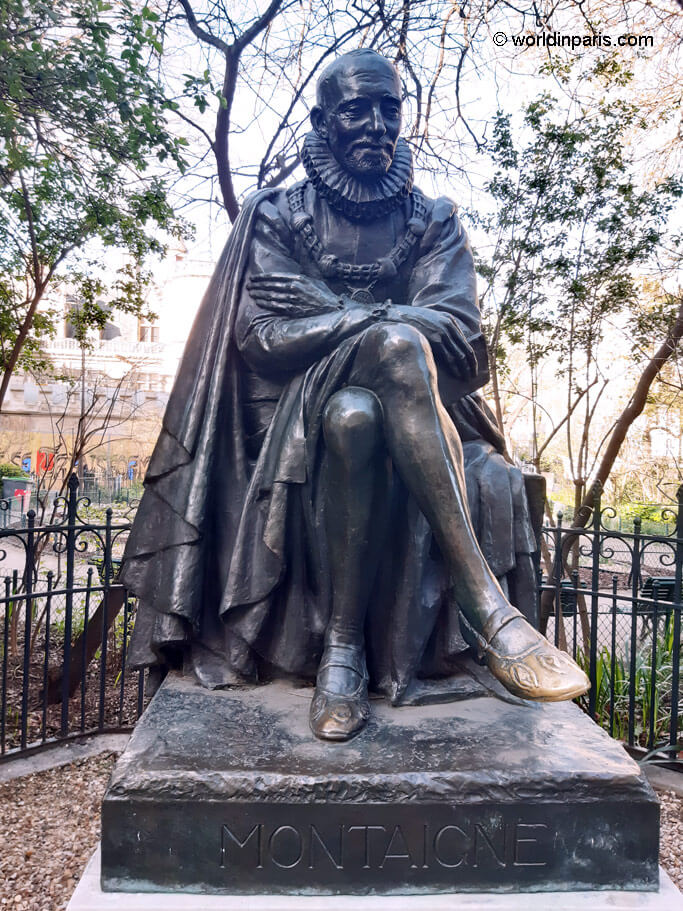
Some statues have magic virtues. And, among them, that of Michel de Montaigne is our favorite. The Statue of Montaigne is located in the small square of Place Paul-Painlevé, opposite the main entrance to the Sorbonne in the Latin Quarter, and it is said that touching the philosopher’s right shoe gives the best chance of passing exams.
Before each exam, students of the Sorbonne come to touch the shoe and greet the philosopher “Salut, Montaigne!” and from the color of the shoe it seems to work well.
Montaigne’s sculpture was commissioned in 1933 by Paul Landowski’s a good friend of the philosopher. Originally this sculpture was made of marble but given the cost of successive restorations, the City of Paris decided in 1989 to replace it with a more robust bronze. But the tradition remained and the right shoe quickly lost its patina for a golden polish of the best effect.
On the statue’s pedestal we can read Montaigne’s words: “Paris had my heart since my childhood. I am French only by this great city. Especially great and incomparable in variety. The glory of France and one of the noblest ornaments in the world. “
X
X
Spotted in . . . Paris Underground (Revolutionary Days)
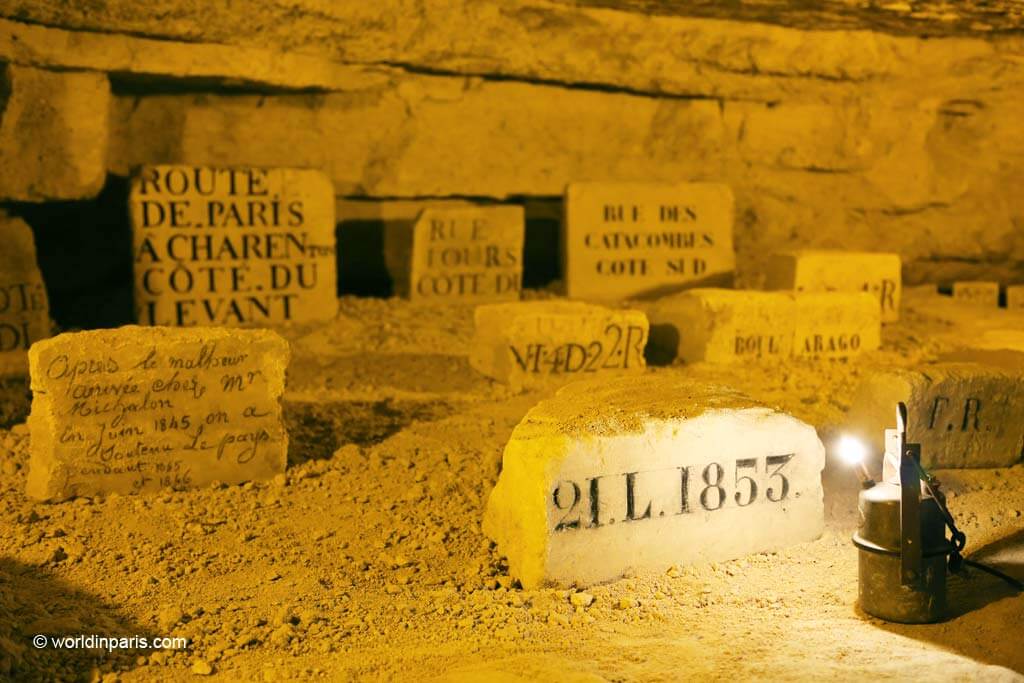
Les Carrières des Capucins is a medieval limestone quarry located in Paris 14, underground. This quarry was exploited between the 12th and 17th centuries and it was consolidated in the 18th century. A visit to Les Carrières des Capucins is also a step back in time: indeed, below the streets of Paris that we see today, the Paris of the 17th -18th centuries still exists, tucked forever within the walls of the quarry.
During the visit, we can see different street plaques and old stone inscriptions. Amongst them, a stone with the inscription 4D2 2R (second row) attires our attention. What does this mean? This is a date of the Revolutionary Calendar!
From 1789 to 1799, France was turned upside down by a revolution (the French Revolution). The monarchy was beheaded by a Republic on September 22, 1792, where the government was divided, and all men were equal before the law. In addition, the Catholic religion was suppressed and its churches closed.
In the climax of the French Revolution, the deputies of the Convention had the idea of suppressing the Gregorian calendar, in the name of dechristianization, although this calendar dates back to Julius Caesar! The new calendar was created on October 6.
The “French Calendar”, commonly known as the Revolutionary Calendar, began on September 22, 1792, the date of birth of the first French Republic. That was the 1st Vendémiaire of “Year I of the Republic”.
The days and months changed names and the week was no longer 7 days long but 10: it is a decade with the primidi, duodi, tridi, quartidi, quintidi, sextidi, septidi, octidi, nonidi and décadi. Each month had three decades and the year ended with 5 additional days after the last month of the year (named fructidor).
For the name of the months, the inspiration came from the rhythm of the seasons and the natural events associated, all very poetic!
The calendar was imposed in the administration and in everybody’s life and lasted until 1806 before being thrown into never-never land by Napoleon I. By the way: Napoleon’s coup d’état happened on 18-Brumaire Year VIII of the Republic: can you guess the date in our calendar?
X
X
> Click here for more quirky Paris stories
x

